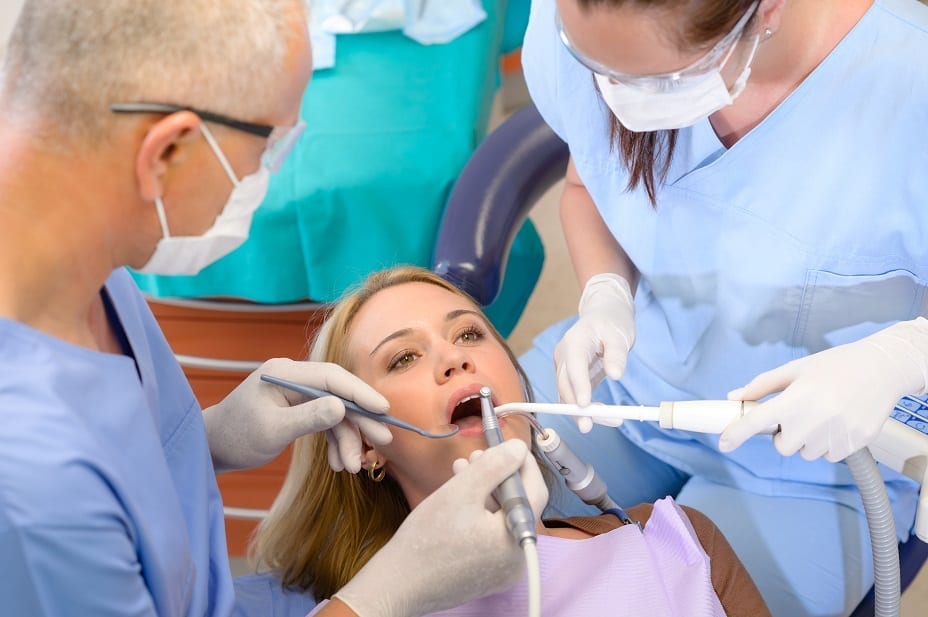The Best Strategy To Use For Legacy Orthodontics
Some Known Questions About Legacy Orthodontics.
Table of ContentsThe Facts About Legacy Orthodontics UncoveredAn Unbiased View of Legacy OrthodonticsThe Ultimate Guide To Legacy OrthodonticsNot known Factual Statements About Legacy Orthodontics Getting The Legacy Orthodontics To Work
In enhancement, we offer adjustable treatment timetables, flexible settlement choices and an enjoyable, pleasurable experience.An orthodontist is a dental professional trained to detect, prevent, and treat teeth and jaw abnormalities. Orthodontists work with people of all ages, from youngsters to grownups.
Malocclusion, or misaligned teeth, can result in oral concerns, consisting of dental cavity, gum disease, and hard or uncomfortable chewing. Yet not everybody is birthed with straight teeth. If you have a poor bite or large rooms in between your teeth, you may wish to consult a dental expert specializing in orthodontic care.
Getting My Legacy Orthodontics To Work
( Photo Credit: DigitalVision/Getty Images) Orthodontists use taken care of and detachable dental devices, like dental braces, retainers, and bands, to transform the placement of teeth in your mouth. Orthodontic therapy is for oral abnormalities, including: Crooked teethBite troubles, like an overbite or an underbiteCrowded teeth or teeth that are as well much apartJaw misalignmentThe goal of orthodontic treatment is to improve your bite.
While you might think of orthodontists as mainly for children or teens who require dental braces, they can correct dental problems at any age. Orthodontists participate in college, dental school, and orthodontic institution.
, yet not all dental professionals are orthodontists. They focus on two locations: Exactly how to appropriately and safely relocate teeth How to properly direct advancement in the teeth, jaw, and faceOnce an orthodontist has actually completed training, they have the alternative to come to be board accredited.
Everything about Legacy Orthodontics
Misalignment, or malocclusion, is the most usual reason people see an orthodontist. It is genetic and is the result of dimension differences between the top and lower jaw or in between the jaw and teeth. Malocclusion brings about tooth congestion, a misshapen jaw, or uneven bite patterns. Malocclusion is usually treated with: Your orthodontist affixes metal, ceramic, or plastic square bonds to your teeth.
If you have only minor malocclusion, you might be able to utilize clear dental braces, called aligners, rather than traditional dental braces (https://www.brownbook.net/business/53115690/legacy-orthodontics/). Some people need a headwear to aid relocate teeth right into line with stress from outside the mouth. After dental braces or aligners, you'll need to put on a retainer. A retainer is a personalized gadget that maintains your teeth in area.
They can produce extra area in the mouth without having to draw teeth. Orthodontists utilize cables, medical screws, or plates to sustain your jaw bone.
You might require to see an orthodontist if you have: Crowding or otherwise adequate room for all of your teethOverbite, when your top teeth come over your base teethUnderbite, when your base teeth are also far forwardSpacing or issues with gapsCrossbite, which is when your upper teeth fit behind your bottom teeth when your mouth is closedOpen bite or an upright void between your front base and top teethMisplaced midline, when the center of continue reading this your bottom and upper teeth do not align Correcting an oral malocclusion can: Make attacking, chewing, and talking easierImprove the proportion of our face and your general appearanceEase discomfort from temporomandibular joint conditionsDifferent your teeth and make them less complicated to clean up, aiding avoid tooth decay or tooth cavities It's commonly a dental practitioner who initially notices misaligned teeth during a regular examination.
Legacy Orthodontics - Truths

During your initial orthodontic examination, you'll likely have: A dental examPhotos taken of your face and smileDental X-raysPanoramic (360 degree) X-rays of your face and headImpressions to produce mold and mildews of your teethThese examinations will certainly help your orthodontist know just how to proceed with your treatment. invisalign. An orthodontist is a dental practitioner that's had training to treat your teeth and jaw
Orthodontists may do surgical procedure, exams,X-rays,and more to aid you obtain an extra comfy, healthier smile. An orthodontist is focused on your bite, so something like a broken tooth would be dealt with by a dental expert. Orthodontists are dental practitioners yet not all dental practitioners are orthodontists. Orthodontists are focused on your bite, or the means your teeth fit together, and the straightness of your teeth.
Ever wondered exactly how stars constantly appear to have completely lined up teeth? The response commonly hinges on the knowledgeable hands of an orthodontist. But just what does an orthodontist do? Orthodontists are oral experts that concentrate on fixing abnormalities in the teeth and jaws. Their proficiency surpasses simply producing a stunning smile; it extends to improving your total dental wellness and function.
About Legacy Orthodontics

, orthodontists have a diverse toolkit at their disposal. These reliable braces utilize a system of braces bound to the teeth and attached by cables.
Clear aligners, like Invisalign, are a prominent option for individuals looking for a much more very discreet therapy alternative. These removable trays are personalized to considerably shift the teeth's placement. Headwear may be utilized together with dental braces or aligners to use additional targeted pressures, particularly for dealing with jaw disparities. In cases of slim jaws, palatal expanders can be used to produce space for proper tooth placement.